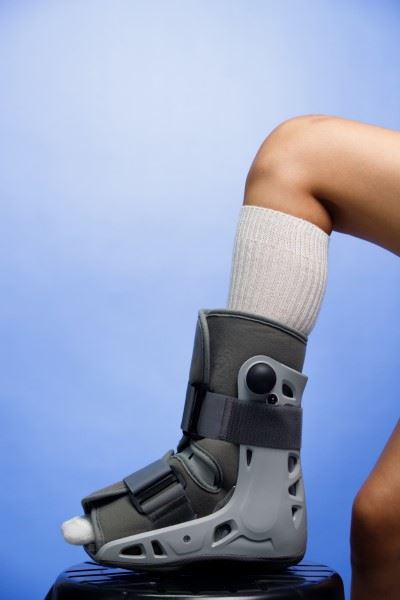-
Home
-
Ankle Boot Braces: Support, Recovery, and Comfort
Ankle Boot Braces: Support, Recovery, and Comfort
October 16, 2024
 Ankle sprains are among the most common injuries affecting athletes and everyday individuals alike. When left untreated or improperly managed, they can lead to chronic instability and long-term complications. One effective way to support recovery is by using ankle braces, specifically ankle boot braces. Ankle boot braces, also known as walking boots or orthopedic boots, are designed to provide stability, reduce inflammation, and promote healing by immobilizing the foot and allowing injured tissues to recover.
Ankle sprains are among the most common injuries affecting athletes and everyday individuals alike. When left untreated or improperly managed, they can lead to chronic instability and long-term complications. One effective way to support recovery is by using ankle braces, specifically ankle boot braces. Ankle boot braces, also known as walking boots or orthopedic boots, are designed to provide stability, reduce inflammation, and promote healing by immobilizing the foot and allowing injured tissues to recover.
What Does a Walking Boot Do For Your Ankle?
A walking boot is often prescribed after an ankle injury because it offers crucial support while allowing mobility. Unlike hard casts that fully immobilize the foot and ankle area, walking boots are designed to stabilize the affected area without hindering your ability to walk properly. They help distribute weight evenly across the foot and reduce undue stress on injured tissues.
By limiting movement in a controlled manner, walking boots prevent further damage during the healing process while encouraging blood flow, which aids recovery. Many modern walking boots also come with adjustable straps and cushioned soles, providing comfort and protection.
Should I Wear a Boot or Brace for a Sprained Ankle?
Choosing between a boot or a brace for a sprained ankle depends on how bad the injury is. If you have a minor sprain with just a bit of swelling and no major ligament tears, an ankle brace should suffice. It provides the basic support and compression you need to help reduce swelling, and it's usually lighter and more flexible than a boot while still keeping your joints stable.
If you're dealing with a more severe sprain with a lot of pain or noticeable ligament damage, it's better to go for an ankle boot. Boots give you extra support by keeping your foot secure, which helps prevent any further strain on those already weakened ligaments.
It is important to note that these are general guidelines—you should always consult a healthcare professional when assessing an injury and choosing a treatment plan.
What Injuries Require an Ankle Boot?
Injuries that usually require an ankle boot include severe sprains where the ligaments are torn or damaged, fractures from broken bones in the foot or lower leg, tendonitis from overuse, and recovery after surgery when you need to stay still. Sometimes, chronic instability from repeated injuries can also call for a boot to provide the structured support essential for proper healing. They also help keep your joints aligned and protect against anything that might make your injury worse.
Can You Wear an Ankle Brace with a Boot?
Wearing an ankle brace inside a walking boot might seem redundant, but it can provide extra support when you need it. This is especially true if you’re moving from being fully immobilized to doing some weight-bearing activities after surgery or following a severe injury like a fracture with soft tissue damage. However, it's crucial to consult with a healthcare professional, as they can help ensure that you're using both devices correctly. This will help you get the support you need without causing discomfort or further injury.
Ankle injuries can be challenging, but understanding how tools like walking boots and braces work can help you take control of your treatment. An ankle boot brace can significantly enhance the healing process by providing necessary support and stability. Always consult a healthcare professional to ensure you're taking the appropriate steps toward recovery. With the proper care and equipment, you can return to your normal activities safely and confidently.